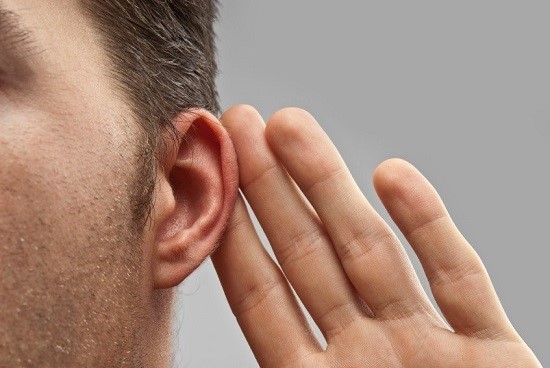
To state that hearing loss is common is a bit of an understatement. In the United States, 48 million people report some amount of hearing loss. Meaning, on average, for every five people you encounter, one will have hearing loss. And at the age of 65, it’s one out of three.
With odds like that, how do you avoid becoming one of those five?
To help you understand how to maintain healthier hearing all through your life, we’ll take a closer look at the causes and types of hearing loss in this week’s blog post.
How Normal Hearing Works
Hearing loss is the disturbance of normal hearing, so the best place to start off is with an understanding of how normal hearing is supposed to work.
You can picture normal hearing as consisting of three primary processes:
- The physical and mechanical transmission of sound waves. Sound waves are produced in the environment and propel through the air, like ripples in a pond, eventually making their way to the external ear, through the ear canal, and finally hitting the eardrum. The vibrations from the eardrum are then transferred to the middle ear bones, which then activate the tiny nerve cells of the cochlea, the snail-shaped organ of the inner ear.
- The electrical conduction from the inner ear to the brain. The cochlea, once stimulated, converts the vibrations into electrical signals that are sent via the auditory nerve to the brain.
- The perception of sound within the brain. The brain perceives the electrochemical signal as sound.
What’s interesting is that what we perceive as sound is nothing more than sound waves, oscillations, electric current, and chemical reactions. It’s an entirely physical process that leads to the emergence of perception.
The Three Ways Normal Hearing Can Be Interrupted
There are three principal types of hearing loss, each disrupting some part of the normal hearing process:
- Conductive hearing loss
- Sensorineural hearing loss
- Mixed hearing loss (a combination of conductive and sensorineural)
Let’s take a look at the first two, including the causes and treatment of each.
Conductive Hearing Loss
Conductive hearing loss interferes with the physical and mechanical conduction of sound waves to the inner ear and cochlea. This is a consequence of anything that blocks conduction.
Examples include malformations of the outer ear, foreign objects within the ear canal, fluid from ear infections, perforated eardrums, impacted earwax, and benign tumors, among other causes.
Treatment of conductive hearing loss includes the removal of the obstruction, dealing with the infection, or surgical correction of the malformation of the outer ear, the eardrum, or the middle ear bones.
If you suffer from conductive hearing loss, for example from impacted earwax, you could possibly begin hearing better immediately following a professional cleaning. With the exclusion of the more severe kinds of conductive hearing loss, this form can be the simplest to treat and can restore normal hearing entirely.
Sensorineural Hearing Loss
Sensorineural hearing loss inhibits the electrical conduction of sound from the cochlea to the brain. This is caused by deterioration to either the nerve cells within the cochlea or to the auditory nerve itself.
With sensorineural hearing loss, the brain receives weakened electrical signals, reducing the volume and clarity of sound.
The chief causes of sensorineural hearing loss are:
- Genetic syndromes or fetal infections
- Typical aging (presbycusis)
- Infections and traumatic accidents
- Meniere’s disease
- Cancerous growths of the inner ear
- Side effects of medication
- Sudden exposure to very loud sounds
- Long-term exposure to loud sounds
Sensorineural hearing loss is most frequently connected with exposure to loud sounds, and so can be prevented by keeping away from those sounds or by safeguarding your hearing with earplugs.
This type of hearing loss is a little more challenging to treat. There are no current surgical or medical procedures to repair the nerve cells of the inner ear. However, hearing aids and cochlear implants are very effective at taking over the amplification functions of the nerve cells, producing the perception of louder, sharper sound.
The third type of hearing loss, mixed hearing loss, is simply some combination of conductive and sensorineural hearing loss, and is treated accordingly.
If you have any difficulty hearing, or if you have any ear discomfort or dizziness, it’s a good idea to consult your physician or hearing professional as soon as possible. In nearly every case of hearing loss, you’ll attain the greatest results the earlier you deal with the underlying problem.